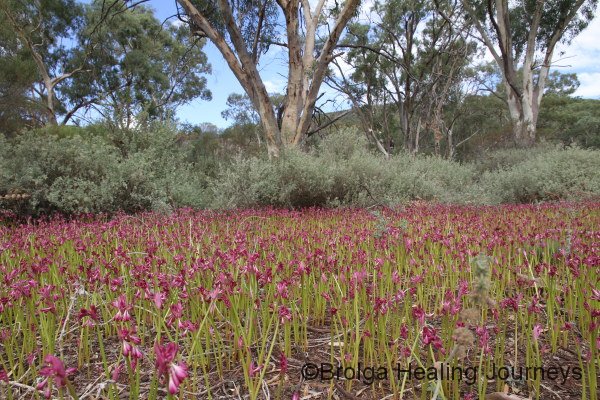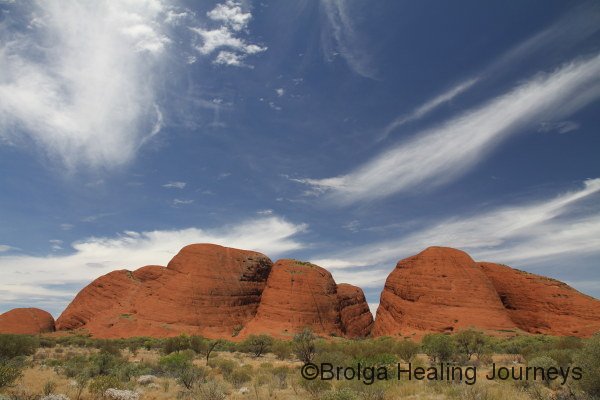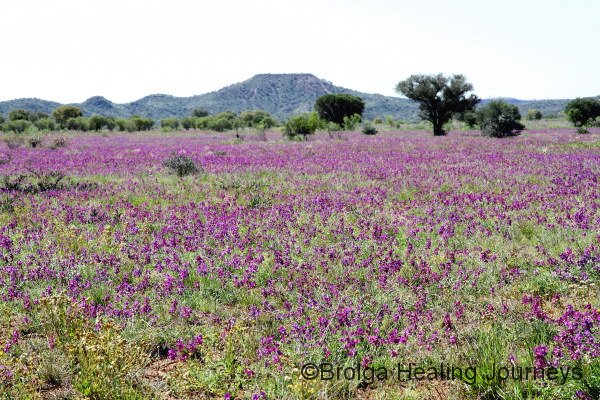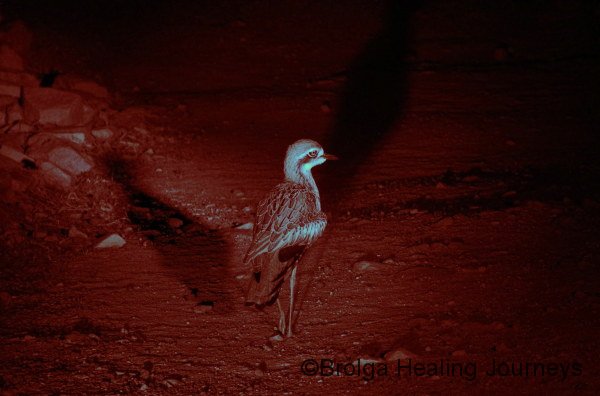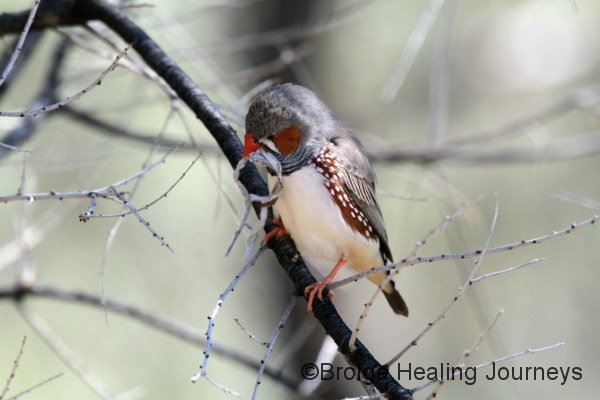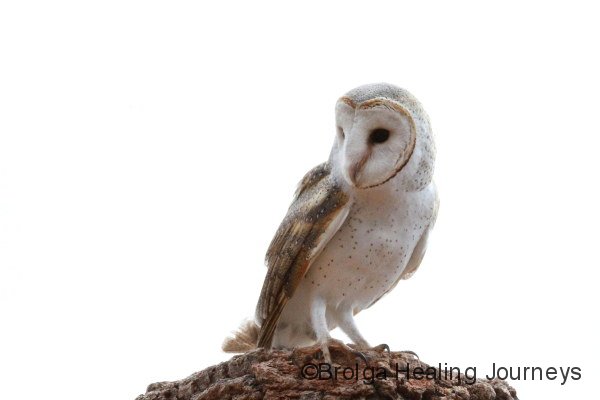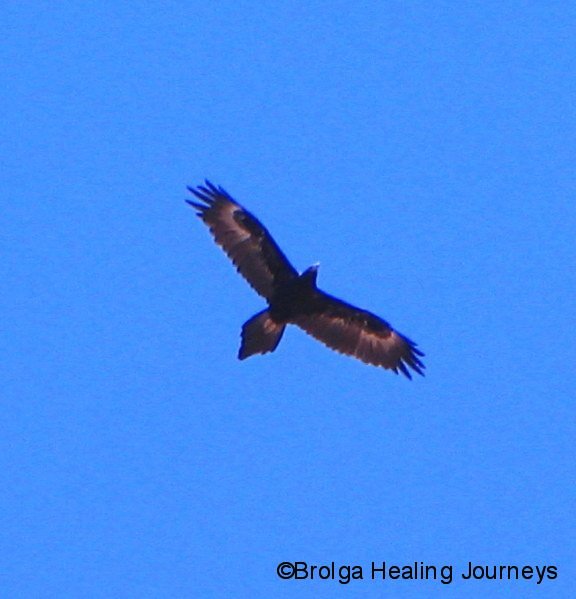Dakalanta Wildlife Sanctuary on the Eyre Peninsula – wildlife survey
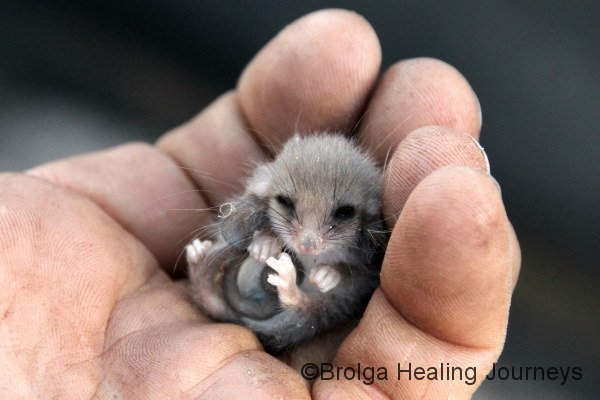 Nirbeeja and I were recently privileged to be involved, as volunteers, in the first ever survey of wildlife undertaken on the Dakalanta Wildlife Sanctuary, one of the properties owned by the Australian Wildlife Conservancy (AWC). As many of you would know, we are passionate about our wildlife, but have no relevant academic training and limited experience in ecological field-work. As a result, our involvement in the survey not only gave the AWC an extra couple of helpers, it also gave us some invaluable experience.
Nirbeeja and I were recently privileged to be involved, as volunteers, in the first ever survey of wildlife undertaken on the Dakalanta Wildlife Sanctuary, one of the properties owned by the Australian Wildlife Conservancy (AWC). As many of you would know, we are passionate about our wildlife, but have no relevant academic training and limited experience in ecological field-work. As a result, our involvement in the survey not only gave the AWC an extra couple of helpers, it also gave us some invaluable experience.
